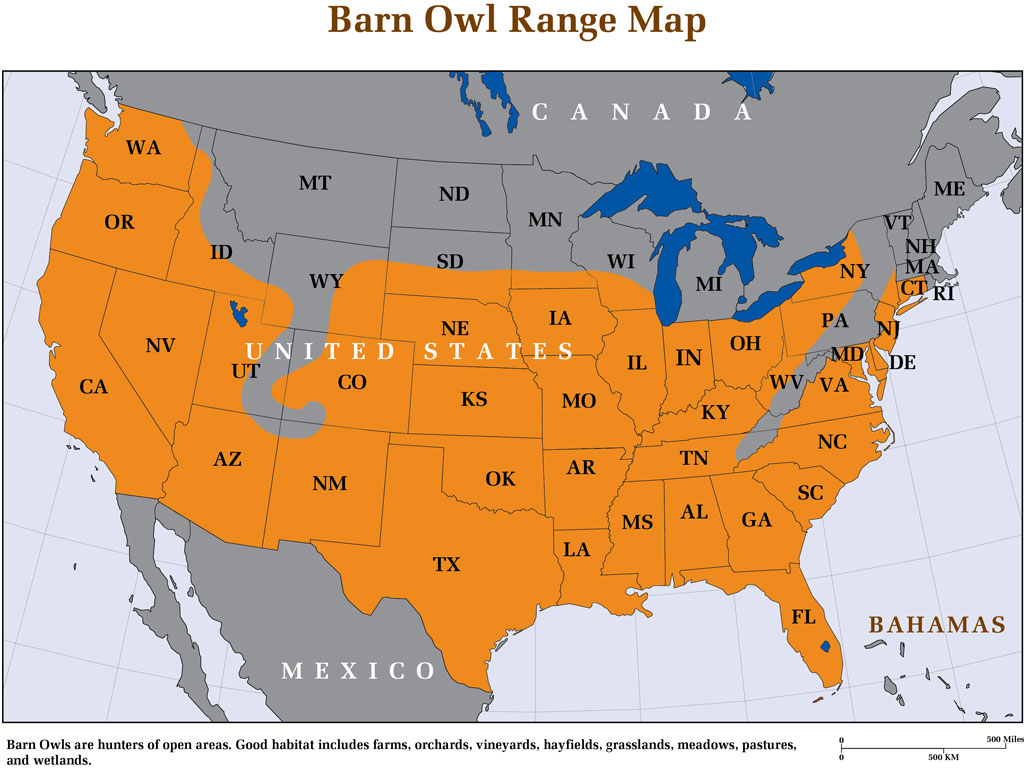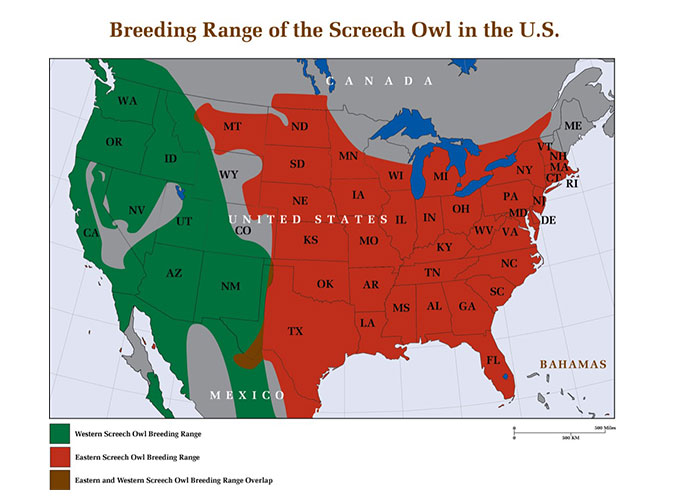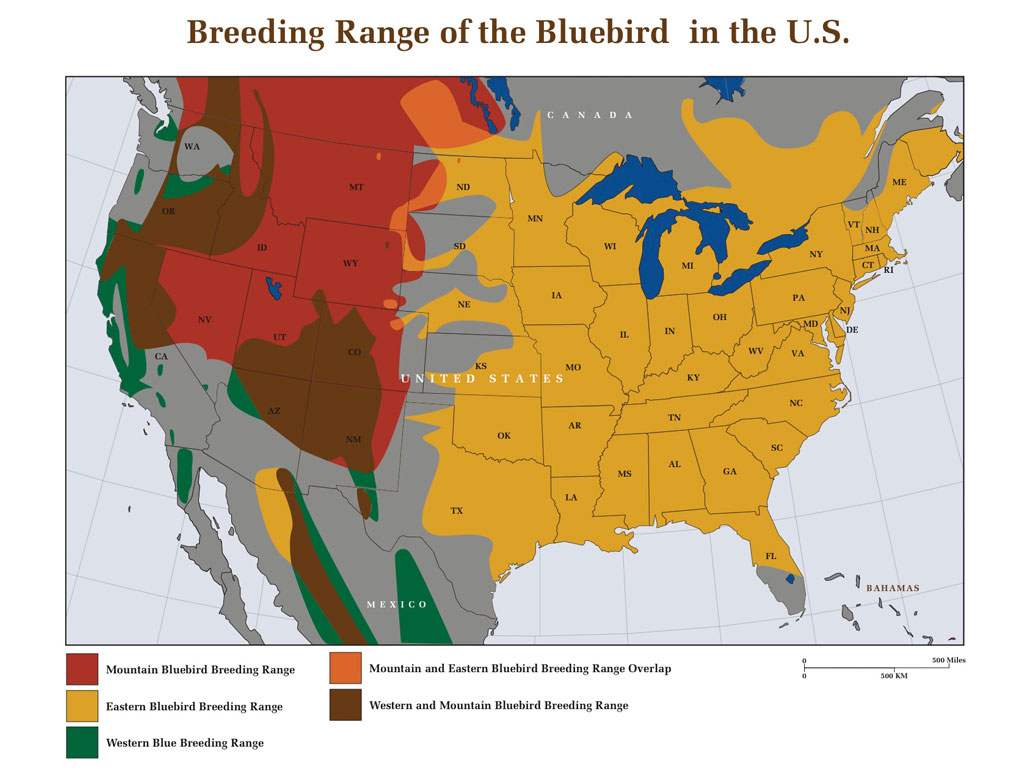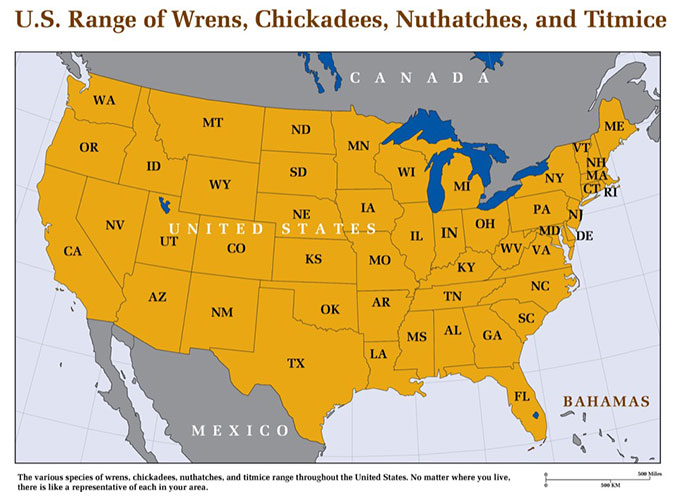Free Shipping to the Contiguous United States
…
Pest Species Hunted by Barn Owls
One trait that makes barn owls so useful for natural rodent control is their ability to hunt a wide variety of prey and switch their preference to the species of rodent common in the surrounding countryside. In the vineyards of California, they prey heavily on pocket gophers; in orchards and hayfields they take the voles that are usually the predominant rodent; in sugar cane fields they harvest cotton rats and roof rats; in rice fields they prey on rice rats; and around dairy, horse, and poultry farms they take house mice and Norwegian rats.
Each of these rodents has its own unique biology and presents its own set of problems. By learning to recognize which rodent pests are present, farmers and property owners can integrate other methods in conjunction with using barn owls that best help reduce their numbers. The following descriptions of rodent pests are also accompanied by links where more in-depth information can be found.
Pocket Gophers (Geomys spp.)
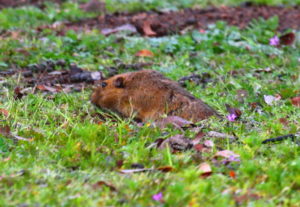 Pocket gophers are stocky, territorial rodents that live solitary lifestyles. They range throughout the United States and are especially troublesome in the west. Each pocket gopher lives in its own complex of tunnels, hoarding the plant materials that form their diet. They come together only for breeding, and a female can produce anywhere from 6 to 20 young per year. They possess a 6” body and a 3” tail, and weigh 2 to 5 ½ ounces.
Pocket gophers are stocky, territorial rodents that live solitary lifestyles. They range throughout the United States and are especially troublesome in the west. Each pocket gopher lives in its own complex of tunnels, hoarding the plant materials that form their diet. They come together only for breeding, and a female can produce anywhere from 6 to 20 young per year. They possess a 6” body and a 3” tail, and weigh 2 to 5 ½ ounces.
They are attracted to the rich, moist soils of irrigated agricultural fields. Although they tend to breed only once per year on non-irrigated farms, they will breed more often in irrigated farms. Typically, population densities average 8 pocket gophers per acre in non-irrigated fields, but can reach 50 per acre in those that are irrigated.
A pocket gopher infestation is easily determined by the numerous mounds of earth that surround the burrows. Their digging and foraging can cause significant damage and loss to crops, including alfalfa, grapes, fruit, and nut orchards. Much damage occurs in the fall when the cover crop is removed and the gophers eat the roots and stems of the crop.
Integrated pest management techniques include planting cover crops that pocket gophers do not feed on regularly, springtime trapping with pheromones designed to attract females, and a mown buffer strip around the crop that increases chances of predation of migrating pocket gophers.
Barn Owls and Pocket Gophers
Barn owls have proven very effective against pocket gopher populations. California vineyards have been using them for decades. The owls tend to eat adolescent young that are between 50 and 60 grams in weight, although they are quite capable of taking adults. One family can consume over one thousand pocket gophers annually.
Voles (Microtus spp.)
 Voles are short, stocky, rodents with small eyes. They are active both day and night, and do not hibernate. Although breeding occurs throughout the year, most takes place in spring and summer. Females can produce an average of 5 young per litter, and can produce 5 litters per year. Twenty-three different species range throughout the United States.
Voles are short, stocky, rodents with small eyes. They are active both day and night, and do not hibernate. Although breeding occurs throughout the year, most takes place in spring and summer. Females can produce an average of 5 young per litter, and can produce 5 litters per year. Twenty-three different species range throughout the United States.
Voles cause damage by feeding on a wide range of cultivated plants including, spinach, sweet potato, celery, lettuce, cabbage, beet, artichoke, carrot, cauliflower, tomato, celery, lettuce, and sweet potato. Voles also cause significant damage in orchards by gnawing the bark of fruit trees including almond, walnut, apple, cherry, avocado, cherry, lemon, and orange. Voles will often girdle trees by gnawing completely around the trunk or roots, killing the tree’s flow of water and nutrients. Even partial girdling may cause reduced fruit yield and poor health. One study in New York showed that girdling in apple orchards by voles reduced fruit yields by two thirds. Voles can reach astounding densities in cultivated fields such as alfalfa, and can affect vineyards and vegetable farms as well. Damage during winter beneath the snow may go undetected until significant damage occurs.
Vole damage to tree trunks occurs from a few inches aboveground to a few inches below ground. An infestation can be determined by the presence of numerous 1” wide runways and tooth marks about 1/8 inch wide and 3/8 inch long found in various locations and at differing angles. Although repellant such as capsicum (derived from hot peppers) can repel voles, the effectiveness of such substances is short lived. Fumigants do not work because the complex burrows of voles do not allow the fumigants to work efficiently.
Barn Owls and Voles
Voles are often cited as the favorite prey of barn owls in many areas. Researchers have even documented that barn owls prey selectively on pregnant female voles, thus creating more efficient rodent suppression. At a weight of 50 grams, voles are an excellent prey size for barn owls, which swallow their prey whole. One family of owls will consume up to 3000 of these rodents annually.
Click for an excellent article on using IPM on voles in blueberry farms, along with very good photos of voles and vole detection.
Hispid Cotton Rat (Sigmodon hispidus)
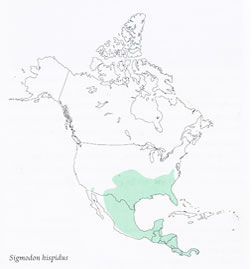 Cotton rats get their name because they build their nests out of cotton. However, they also damage wheat, corn, vegetables, fruit, nuts, sweet potatoes, peanuts, and are especially troublesome in sugar cane and melons. They damage crops by eating the seeds, fruit, leaves, stems, and roots. Populations can range anywhere from 10 to 150 per acre, but like most other rodent pests, they do the worst damage at the end of breeding season when at their peak in the fall.
Cotton rats get their name because they build their nests out of cotton. However, they also damage wheat, corn, vegetables, fruit, nuts, sweet potatoes, peanuts, and are especially troublesome in sugar cane and melons. They damage crops by eating the seeds, fruit, leaves, stems, and roots. Populations can range anywhere from 10 to 150 per acre, but like most other rodent pests, they do the worst damage at the end of breeding season when at their peak in the fall.
Cotton rats are medium-sized rodents, larger than a deer mouse and smaller than a Norway rat, with a 6” body and a 4” tail, and weighing around 120 grams, or under 5 ounces. They range through most of the southern United States. They are basically nocturnal, do not hibernate, and are active year round. There are no repellants developed for cotton rats, nor do fumigants work well with them since they use their burrows only infrequently. Trapping has been done with limited success.
They have a high reproductive rate, breeding year round and producing an average of 5 litters annually, with an average of 6 young per litter, or as much as 30 young per year.
Cotton rats can be detected by the presence of short stem and grass cuttings piled in various places along runways that are 3 to 5 inches wide.
Barn Owls and Cotton Rats
It is estimated that sugar cane fields in central Florida lose $35 million worth of crop per year to these rats. Barn owls are desperate for nesting sites in such areas—the sugar cane fields offer no trees or buildings. The author once visited a barn in sugar cane fields near Lake Okeechobee that held 10 pairs of successfully breeding barn owls. It was estimated that these ten pairs and their broods consumed between 10 and 20 thousand cotton rats per year in the surrounding fields.
Barn owls prey on cotton rats almost exclusively in sugar cane. In areas rife with cotton rats, it is highly important to establish dense populations of barn owls. Other integrated pest management techniques to be used in conjunction with barn owls are the clearing of dense vegetation, the use of 24” sheet metal barriers buried 6 inches in the ground to prevent migration into the area, and the trapping of female rats in the spring before they give birth.
Marsh Rice Rat (Oryzomys palustris)
There are actually 36 species of rice rats spread through North and South America. They are all coarse-haired, medium sized, nocturnal rodents with gray to brown fur, white under parts, and long scaly tails. The marsh rice rat, Oryzomys palustris, is the main species in the United States. It is semi-aquatic, swimming and diving well. Body length averages 6” inches with a 5” long tail. It usually weighs about 50 grams, or just under two ounces. Females breed year-round and bear an average of 5 litters per year with an average of 5 young in each litter. Although known for eating a variety of small animal an insect prey, their fondness for rice causes significant economic losses in the rice fields of the southern United States.
Barn Owls and Rice Rats
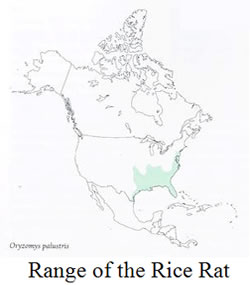 In a study conducted in a Louisiana coastal marsh, it was found that rice rats made up 97.5% of barn owl prey, making barn owls an excellent candidate for suppressing rice rat populations.
In a study conducted in a Louisiana coastal marsh, it was found that rice rats made up 97.5% of barn owl prey, making barn owls an excellent candidate for suppressing rice rat populations.
At an average weight of 50 grams, or just under 2 ounces, barn owls take all ages of this species, including adults. Barn owls are now being used on rice farms against similar rodents in Malaysia.The Network for Sustainable Agriculture also has a good page on their use here.
Norwegian Rats and House Mice
These two familiar household pests can cause significant economic losses to farms. Rats and mice do considerable damage to agricultural buildings, gnawing wood, weakening concrete floors, and causing fires by gnawing on electrical wires. They consume significant amounts of livestock feed on farms—a single rat can eat a half-pound of feed per week, and destroy another 2.5 pounds through contamination. A hundred rats can account for the loss of 300 pounds of feed per week. These rodents also transmit a number of diseases to livestock, including tuberculosis, swine dysentery, sarcoptic mange, and brucellosis.
The Barn Owl, Norwegian Rats and House Mice
One of the beneficial traits of the barn owl as a rodent controller is that it will shift its diet to the prey that abounds in its hunting area. Just as barn owls eat cotton rats and rice rats in the south, and pocket gophers in the west, they will concentrate on Norwegian rats and house mice around livestock operations. Barn owls have been associating around such enterprises for centuries due to the high amount of rodents attracted to livestock farms.

